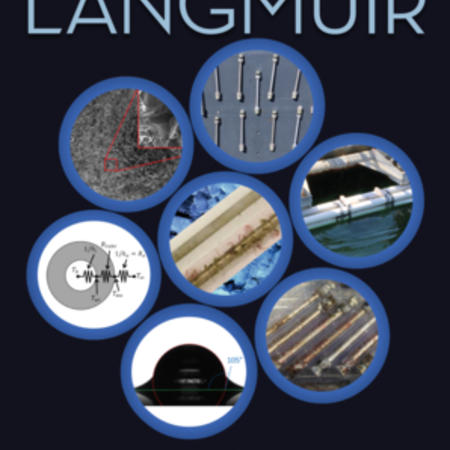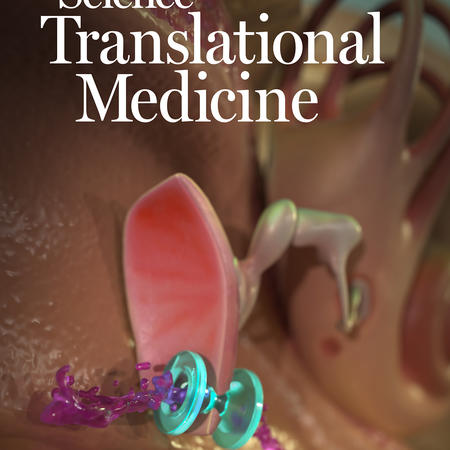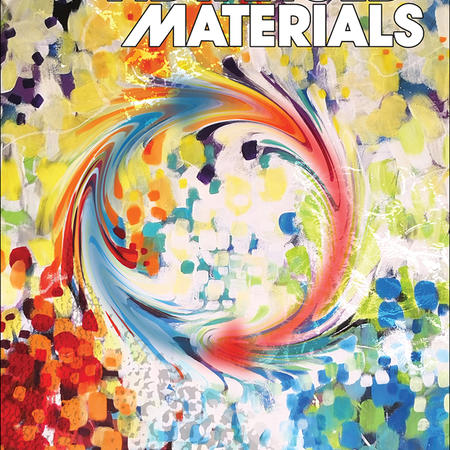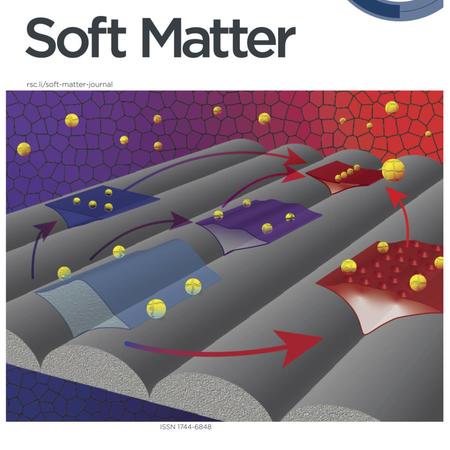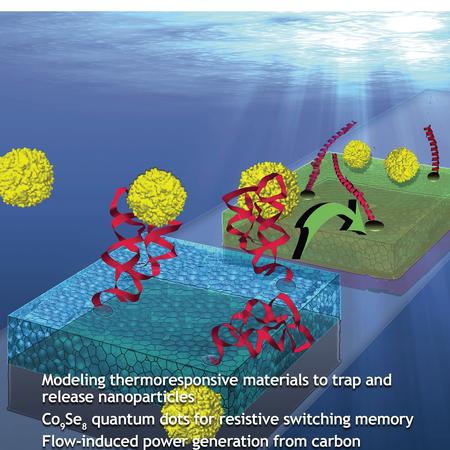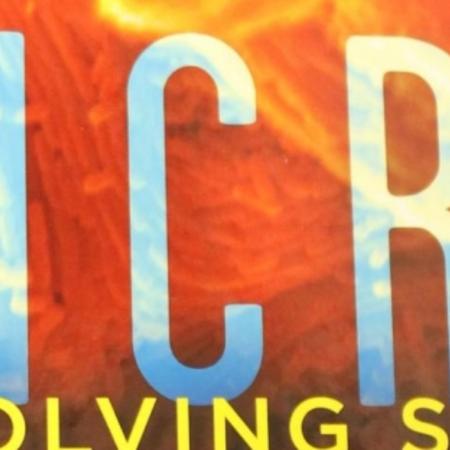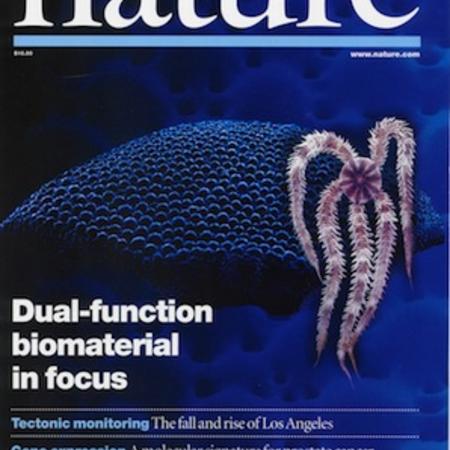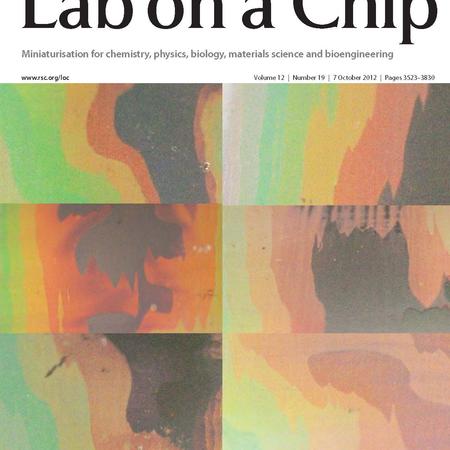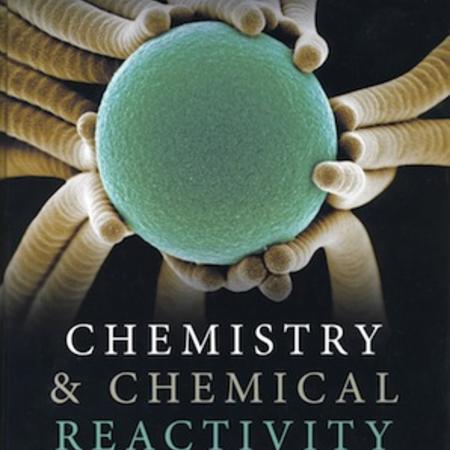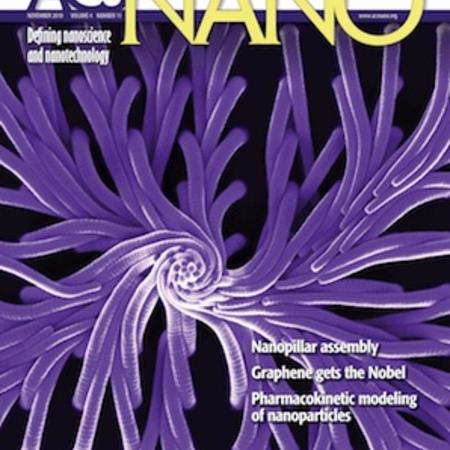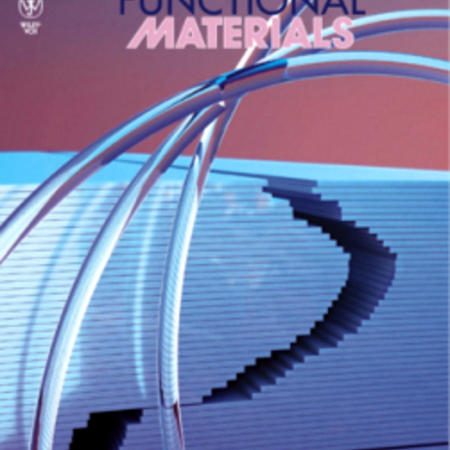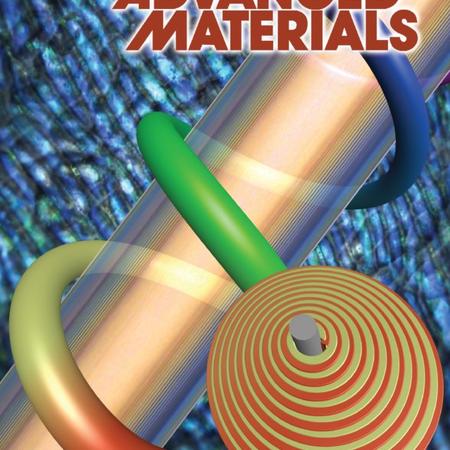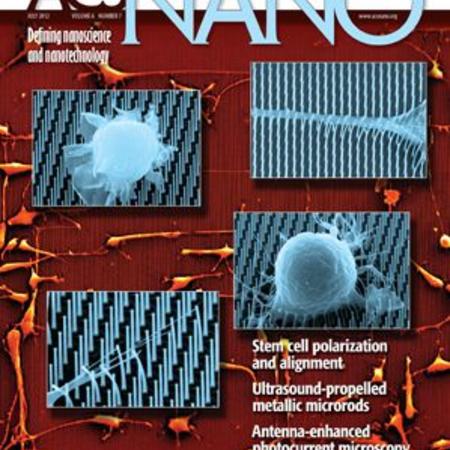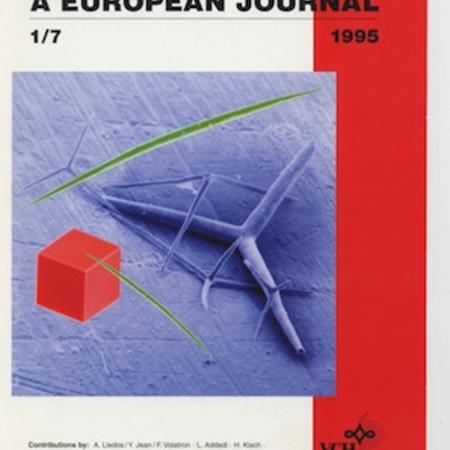Citation:
Abstract:
The developing field of active, stimuli-responsive materials is in need for new dynamic architectures that may offer unprecedented chemomechanical switching mechanisms. Toward this goal, syntheses of polymerizable bipyridine ligands, bis(4-vinylbenzyl)[2,2′-bipyridine]-4,4′-dicarboxylate and N4,N4′-bis(4-vinylphenyl)-2,2′-bipyridine-4,4′-dicarboxamide, and a number of redox-active Ruthenium(II) and Iron(II) complexes with them are reported. Detailed characterizations by NMR, Fourier transform infrared spectroscopy, high-resolution mass-spectrometry, X-ray, and cyclic voltammetry show that the topology of these molecules allows them to serve as both comonomers and crosslinkers in polymerization reactions. Electronic properties of the ligands are tunable by choosing carboxylate- or carboxamido-linkages between the core and the vinylaryl moieties, leading to a library of Ru and Fe complexes with the M(III)/M(II) standard redox potentials suitable for catalyzing self-oscillating Belousov–Zhabotinskii (BZ) reaction. New poly(N-isopropylacrylamide)-based redox-responsive functional gels containing hydrophilic comonomers, which have been prepared using representative Ru bpy complexes as both a crosslinker and redox-active catalyst, exhibit a unique feature: their swelling/contraction mode switches its dependence on the oxidation state of the Ru center, upon changing the ratio of comonomers in the hybrid gel network. The BZ self-oscillations of such crosslinked hydrogels have been observed and quantified for both supported film and free-standing gel samples, demonstrating their potential as chemomechanically active modules for new functional materials.
